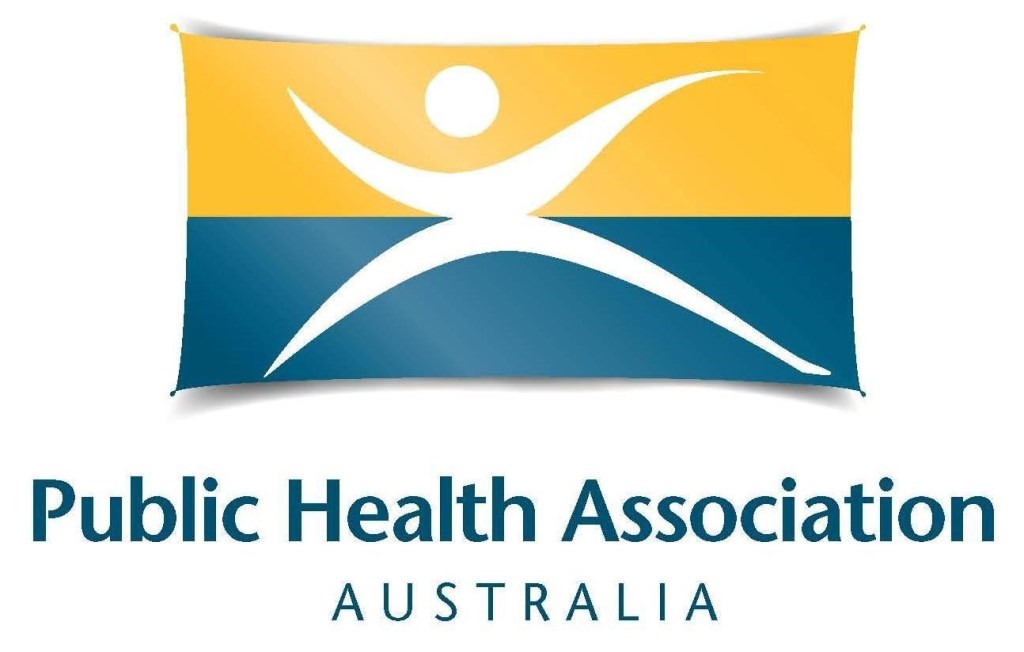Anita Eseosa Ogbeide
Migrants and multicultural populations in Australia are mostly categorised as ‘Culturally and Linguistically Diverse’ (CALD), a term preferred by government and community agencies.
In Australia, CALD people are defined by having a specific cultural and linguistic affiliation by virtue of place of birth, ancestry, ethnic origin, religion, preferred language, language spoken at home, or because of their parents’ identification on a similar basis.
In recent years, scholars have debated the usefulness of the term ‘CALD’, suggesting that it may contribute to the ‘othering’ of multicultural groups.
While the term CALD is intended to recognise diversity, it may perpetuate exclusion by homogenising the uniqueness of cultures and subcultures within our society.
Earlier literature suggests that the CALD terminology fails to fully represent multicultural groups, and thus fails to accurately capture racialised disadvantages in access to services, opportunities, and representation.
Academics and community organisations have suggested alternative terms which may better encapsulate the diversity of the CALD population.
In 2020, the Federation of Ethnic Communities Councils of Australia recommended the term ‘Culturally, Ethnically and Linguistically diverse’ (CEALD), where the addition of ethnicity is intended to capture multi-dimensional cultural traditions and customs, shared history, geography, language, heritage, ancestry and/or religion.
This is missing from the current concept of Cultural and Linguistic Diversity.
The inclusion of ethnicity in the terminology allows for better social and health data that represent more aspects of an individual’s multicultural identity, which is significant for targeted advocacy and narrowing down inequities experienced by specific ethnic groups.
This specificity could lead to improved allocation of governmental and/or institutional support.
As argued by Distinguished Professor Andre M.N. Renzaho: The Lack of Race and Ethnicity Data in Australia—A Threat to Achieving Health Equity, ethnicity is an important variable to be captured in data collection when addressing health disparities, as without it, transformative change cannot be achieved.
Culture versus ethnicity
Culture and ethnicity as terms raise questions on how we clearly define boundaries between cultural groups and sub-groups.
The terms appear interchangeable when ethnicity is used to describe country of origin and skin colour alone, while culture is often used to describe ethnicity.
This is a misuse of both terms.
Ethnicity is embedded in culture, while culture is overarching and represents multiple categorisations.
Ethnicity is one’s self-identification and the identification by others of membership in a specific group, based on characteristics such as biological traits, nationality, language, and/or religion,
Culture is complex and encompasses knowledge, beliefs, arts, morals, law and customs and any other capabilities and habits acquired by members of society, and that are subject to change.
Ethnicity refers to internal qualities which are fixed.
Culture may be a matter of choice – to perform certain practices and beliefs – but ethnicity is usually ascribed and is non-negotiable.
Culture is not necessarily bound to race, ethnicity, geography, or even a specific group of people. Culture can even be bound to shared circumstances within an organisation or profession, which demonstrates the flexibility of the concept.
As such, culture alone is not a sufficient descriptor of a ‘multicultural’ group.
Culture and ethnicity are both significant concepts, which, as terms, are used to acknowledge minority groups in dominant political culture.
But ethnicity, not culture, is the boundary that defines the group.
Culture is overemphasised as a marker of difference and explanation for the separation of social groups.
There needs to be more specificity around what makes social groups distinct, and ethnicity provides that coverage with its ability to represent qualities below the surface.
Ethnicity demonstrates internal qualities which more effectively describe which groups or subgroups are being referred to.
The addition of ethnicity to the CALD terminology supports the inclusion of voices, stories and experiences that may otherwise be excluded.
Note: The CEALD terminology represents only non-Indigenous cultural, ethnic and linguistically diverse groups represented in the Australian population. I acknowledge that the term CEALD may not fully represent all multicultural groups in Australia, however, it’s about taking little steps that would evolve and make transformative change.
Anita Eseosa Ogbeide has a Master of Public Health and is currently studying towards her PhD in the School of Social Science at the University of Tasmania.
Image: Wikimedia Commons


Leave a Reply